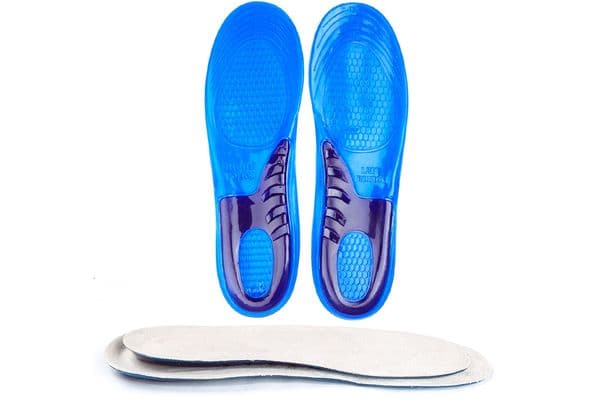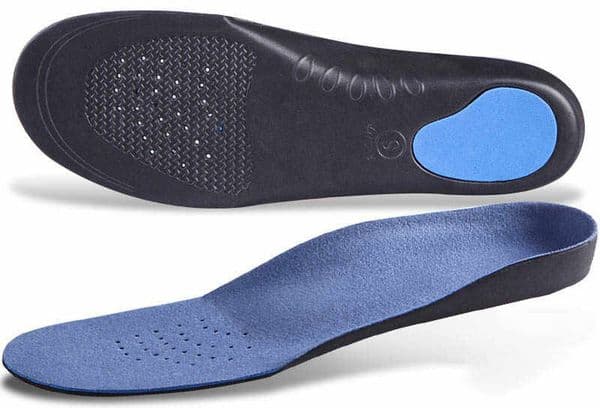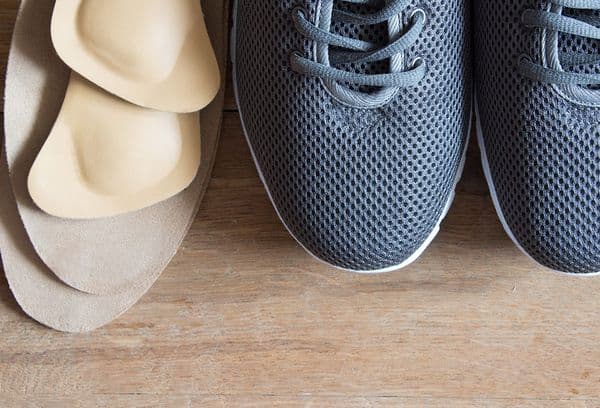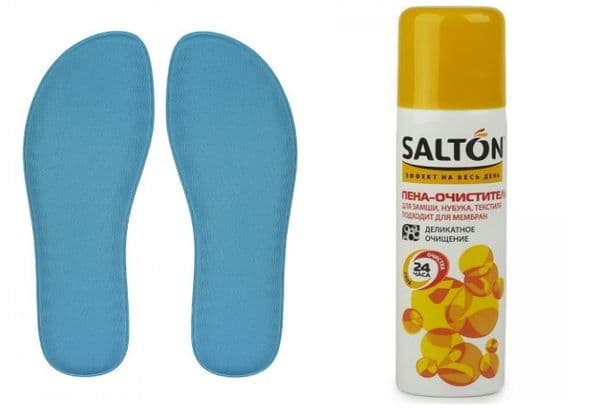Is it possible to wash orthopedic insoles in a washing machine: care details
Many people need to constantly wear orthopedic accessories, in particular shoe insoles. These products take on the bulk of the internal contaminants of shoes, so it’s worth thinking about how and what to wash orthopedic insoles with. We will help you choose the best cleaning method, the right detergents, and also tell you about the intricacies of caring for medical accessories.
Orthopedic insoles: purpose, materials, manufacturers
Orthopedic insoles and inserts are necessary for people with musculoskeletal disorders, excess weight, heavy physical activity, etc. They are prescribed both for the treatment and prevention of diseases. For example, women who wear heels should have a couple of insoles and half-insoles with arch support to reduce the load on the foot.

Children's orthopedic insoles are also produced to maintain and properly develop the skeletal system from an early age. Famous children's shoes and additions to them: “Kotofey”, “Ortek”, “Totto”. For adults, Ortonik manufacturers are popular, Scholl, Ortmann, Luomma and etc.
The main material for orthopedic insoles is leather. Another equally suitable option is high-quality polymer materials, in particular memory foam - “memory effect”. Cork insoles are in demand, as they absorb moisture well and provide shock absorption.Gel orthopedic inserts are one of the most inexpensive and widespread, especially small ones - half-foot inserts, for the toe area, as well as separators.
Advice
Insoles coated with natural material and with antibacterial layers have the best properties. Select a product only in orthopedic salons, taking into account the characteristics of your feet.
Each material has its own care rules. Don't forget that insoles have a limited shelf life, and improper washing can shorten it even further. On average, an item lasts six months. With constant or active use, this period is somewhat reduced, with rare use (for example, inserts for festive high-heeled shoes) it increases.
Even if the leather, wool or suede covering has worn off due to frequent use, but the instep support still performs its function, the product can continue to be worn.
Is it washable?
When caring for an orthopedic product, it is important not to violate its integrity or damage the corrective elements. Is it possible to wash dirty liners in a washing machine? For most products, the answer is no. Moreover, you shouldn’t wash it even under running water.
Antibacterial impregnation from such procedures instantly deteriorates. Even worse, damage to orthopedic parts occurs. Insoles for maintaining health are not cheap, so you need to take into account the requirements for caring for them and not be lazy, otherwise the product will lose functionality.
Machine washable for sneaker insoles. They are not fully medicinal; they have a soft structure. Be sure to read the instructions for the shoes.
Advice from purity-en.htgetrid.com magazine: try to wear shoes with orthopedic inserts along with socks made from natural materials. They do not cause excessive sweating, and if something happens, they take the “blow” upon themselves. Use deodorizing sprays and foot creams, and take refreshing baths.
How to clean
So how do you properly keep your orthotics clean? It all depends on the material from which they are made:
- The leather insole is instantly deformed by machine washing. To disinfect such products and remove dirt, use a soft cloth and a weak alcohol solution. Another cleaning and disinfectant is hydrogen peroxide. Let’s assume an option with a slightly pink solution of potassium permanganate.
- Felt and suede insoles can be gently wiped with soapy water. Use soft sponges and brushes.
- Never use boiling water or completely immerse the product in water! The use of chlorine-based bleaches is prohibited.
- Soft insoles from sneakers, for example Ecco, machine wash on delicate cycle. Water temperature - up to 30 degrees. Spin - at minimum speed, or without spin at all.
- There are special cleaning foams for insoles and shoes. Apply them and remove them after the time specified in the instructions.
Rules for caring for silicone insoles “Shol”:
- They are washed in warm (not hot!) soapy water.
- Do not use chlorine-containing products.
- After washing, the insoles are blotted using hygroscopic fabric.
- Drying is carried out naturally, without batteries, hair dryers and sun.
Collection of care tips
A few tips from orthopedic insoles manufacturers that will extend the shelf life of expensive products:
- Remove the insoles every day after wearing them and air them out.
- Dry the item away from radiators and direct sunlight. Do not use a hair dryer. Accelerated drying will almost inevitably lead to deformation.
- Impregnate leather insoles with products special for this material to extend its life. There are deodorants for shoes, protective foam creams and impregnations.
- It is advisable to clean the insoles after each wear. This way they will not become covered with an irremovable layer of dirt.
- If an unpleasant odor appears, sprinkle baking soda powder on the insoles. The substance will absorb the odor and lose pathogenic microorganisms. A tea bag left in your boots overnight will help remove the smell.
- Don't forget to wear plasters for open wounds on your feet.
- After cleaning and treating with care products, let the insoles dry before inserting them into shoes.
Take proper care of your orthopedic accessories to ensure they provide maximum benefit. High-quality care largely determines the service life and benefits of a therapeutic addition to shoes.



